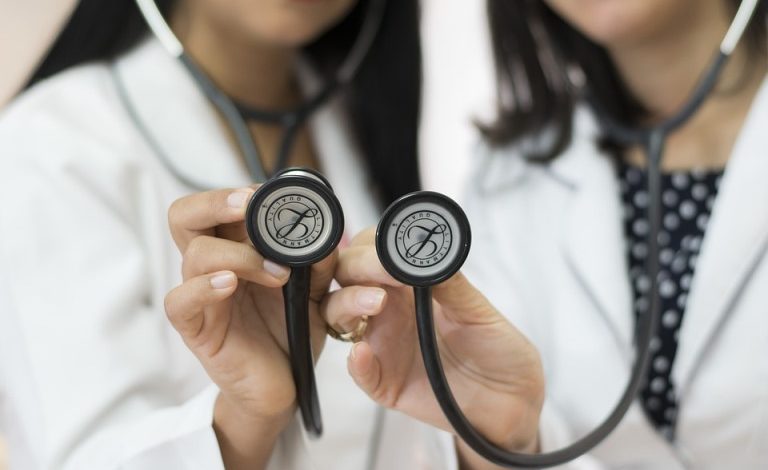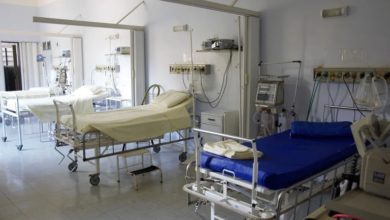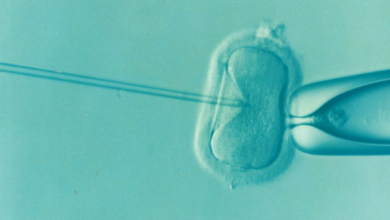
The medical education sector like other sectors has been hugely impacted by the COVID-19 pandemic. Conducting regular classes and examinations came to a standstill amidst the lockdown and professors and students alike are grappling with the new set of challenges. At normal times a first-year MBBS student invests more time in learning about human anatomy, physiology and biochemistry. Anatomy is learnt in classrooms (through didactic lectures), but a large part of the learning happens in dissection halls, where a group of six to eight students are assigned a ‘body’ or a ‘part’ to dissect. In the second and third-year, MBBS students examine real patients, who have ‘complaints,’ and work on the case history while examining to elicit findings. All this is done under the supervision of doctors. Students present cases to their fellow students and a staff member corrects in case of any errors while enquiring more about the topic. These are also known as bedside clinics.
A similar procedure is also followed for post-graduate students pursuing a PG degree in a clinical speciality: lectures, case presentations and discussions. Surgical residents across all specialities are taught surgical techniques by observation, assisting senior surgeons, then doing simple surgeries under their supervision and finally operating independently. Since the onset of COVID, all this has drastically changed. Everyone I spoke to said that didactic lectures which were taken in large lecture halls, (student numbers could be as high as 250 in a batch) have completely stopped. Now teachers have adopted the virtual mode of teaching and students have to log in and learn by this modality. While it may appear to be a satisfactory method, I would like to inform the readers about some of the challenges which I faced while teaching via the online mode.I was warned that there would be ‘some technical glitches,’ and this is unfortunately all too true!
I would say that not a single lecture goes by without students ‘leaving’ (you get a message the moment it happens), and then rejoining when he/she is able to reconnect. This is extremely disturbing for a teacher, and the students too, as they miss a few minutes or a large portion of the lecture. The process of leaving the online class (so and so has left) and rejoining goes on throughout the lecture. Apart from this, the teacher is unable to see any of his students. There is no choice but to assume that those who are electronically present (having logged in) are paying attention. It’s quite likely (and possible) that students may be busy with their cellphones or doing some other activity altogether.
I am saying this because even in classroom teaching, a few students are inattentive and are busy browsing with their cellphones. One can ask random questions, and although this helps, a large number of students make it difficult to implement. What happened to ‘bedside clinics, which is one of the most important methods of teaching? This mode of teaching is currently being conducted online where one student examines the patient (others can do it at different times), and he/she presents the case to other students and the teacher virtually. The correct history (complaints with duration) and physical findings are conveyed to the professor by a junior doctor in the department. The student who is presenting the case shows the relevant investigations like ECG, X-ray Chest, CT scans, MRIs etc to everyone using his/her cellphone. The entire process can’t be compared to pre-COVID era teaching but it’s the best solution, given social distancing norms to be followed. Conducting exams is another challenge. Exams in medical colleges are conducted in three formats.
The theoretical paper usually has subjective questions with a few short notes. Online examinations can lead to mass cheating. In most medical colleges students are being allowed to sit in large halls, ensuring social distancing, utilising 20 to 25 per cent of the hall capacity. Strict invigilation ensures no unfair means, although I recently heard about mass-scale cheating using technology similar to that shown in the movie Munnabhai MBBS, but in a more sophisticated way.
The second modality is the case presentation, which can’t be conducted online, as the examiners have to examine the patient and converse with both the student and the patient. It is being conducted by maintaining as much social distancing as possible, but it possesses definite challenges.
The third modality is drugs, specimens and instrument tables, where the examinee is shown various drugs, surgical specimens of diseased organs (removed from patients) and equipment, Here the student has to answer questions about usage of the drug or equipment, surgical instruments (for surgical disciplines). In this case, online mode is not possible. All these problems are formidable and medical colleges are grappling with them. New admissions are not yet done and are overdue. NEET exams have been delayed. Deployment of junior doctors, often doing post-graduation, has been a subject of intense debate. Due to the incessant demands of residents to man the COVID wards and ICUs (for suspected and confirmed COVID cases), many hospitals have had to resort to deploying PG doctors pursuing ‘non-COVID’ specialities in such wards. The reason behind this was that internal medicine and chest medicine departments are unable to fill in all the required slots. Here, I am referring to specialities like ophthalmology, ENT, orthopaedics etc. While hospitals have realised that it is unfair, inappropriate, to deploy doctors doing PG in such disciplines in COVID wards, they often have no choice.The overall teaching in medical colleges is mired with challenges. Imparting medical education, at all levels, and managing COVID patients, still continues to throw up complex challenges, which administrators are finding solutions for. There can be no doubt that the students of medicine will be impacted, at least, in the short term.




